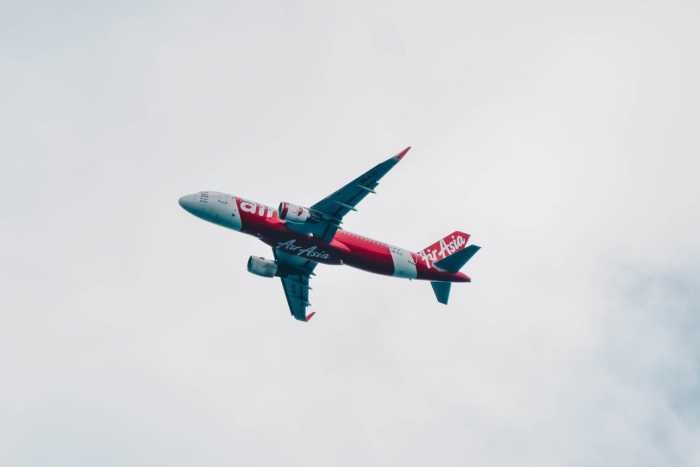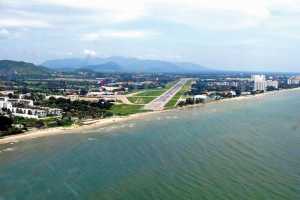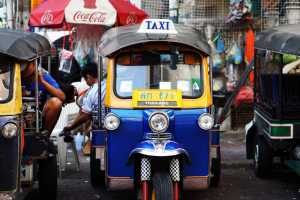
Thai AirAsia Adds Frequency To China
15th May 2014

The local subsidiary of the Malaysia-based AirAsia Bhd. is on an aggressive mood to expand its route network as well as expand seat capacity by increasing flight frequency to existing routes to China.
During the first quarter of this year, Thai AirAsia was able to post a revenue of THB6.4 billion and a net profit of THB245 million. It also increased its passenger volume by 22% during the same period, though its load factor has fallen somewhat to 80% from 87% over the same period last year.
Thailand's tourism industry continues to grow over the year, both in inbound and outbound travel, which most airlines are taking advantage of. Thai AirAsia, for its part, also continues its expansion effort by building up its route network in China staging flights from its northern hub of Chiang Mai.
The airline will soon launch regional flights out of Chiang Mai to major Chinese destinations seeking growth opportunities in these routes. These key destinations include Changsha, Hangzhou and the ever popular, Hong Kong.
According to the Asia Aviation CEO, Mr. Tassapon Bijleveld, the airline just took delivery of two narrow-body A320 aircraft early this year, growing its fleet to 37 aircraft, thereby increasing its capacity by 31%. Asia Aviation (AAV) is a major stakeholder of Thai AirAsia.
He pointed out that the 22% increase in passenger volume for the period is quite remarkable considering the country's political crisis that has been dragging on for months already since October last year.
He credited the passenger growth to the airline's business strategy to insulate itself from the ongoing political crisis in the country. Opening alternative routes beyond the capital is one strategy that provides local and international travelers options a way out of the political mess.
The opening of new routes from Chiang Mai to Changsha, Hangzhou and Hong Kong will hopefully improve the airline's revenue as China has been the country's top travel market and still growing at a fast pace.
The budget airline is also adding frequency from Bangkok to Siem Reap (Cambodia), Yangon (Myanmar) and Chiang Rai.
Despite the assorted problems Thailand has faced over the years, the country's reputation as a major tourist destination remains unaffected. Though many countries issued advisory to its citizens against traveling to Thailand and some airlines downgrade their flights, all airports in the country remain in their normal operation.









